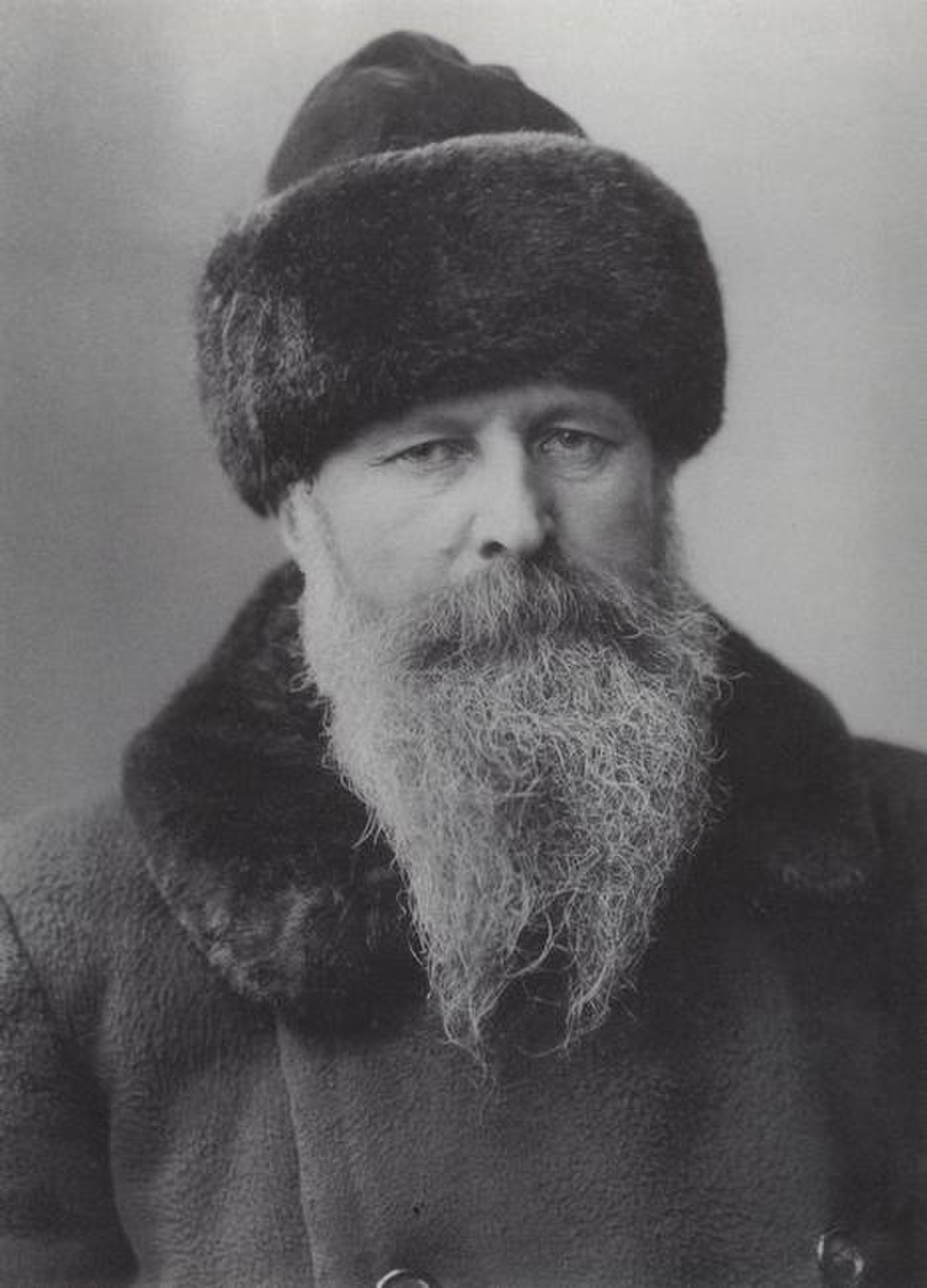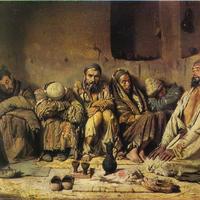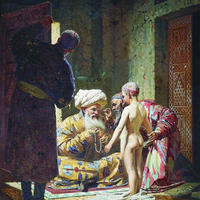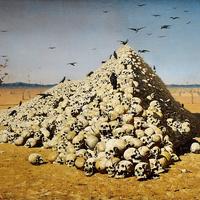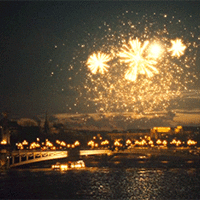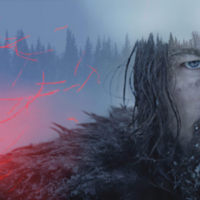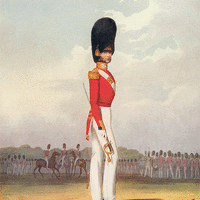More about Vasily Vereshchagin
Works by Vasily Vereshchagin

Sr. Contributor
Vasily Vereshchagin rose to international fame for gritty portrayals of war. His paintings were too legit to quit inspiring existential questions about the purpose of war in the human experience. As such, he was a nominee for the first Nobel Peace Prize in 1901.
Peaceful at heart, Vereshchagin joined years-long military campaigns in Turkestan and the Balkans to better understand the act of war. He wasn't idly watching. He received the Cross of St. George for bravery and courage after military service in Samarkand. This may seem slightly hypocritical. However, Vereshchagin channeled all the brutality into a series called The Barbarians. The crowning jewel of which is The Apotheosis of War. Militaristic governments across Europe banned their soldiers from going to Vereshchagin's expositions in the wake of The Barbarians. Otherwise they may get inspired to question or feel conflicted about killing other people. In response, Vereshchagin offered free admission to his shows.
Vereshchagin was a renowned world traveler. Instead of getting a shirt from the local Hard Rock Cafe, or buying a shotglass he never used again, Vereshchagin nearly died almost everywhere he went. He nearly froze on the Himalayas. Fever tried to take him in the tropics. Battle wounds from the Russo-Turkish war only made him laugh. The only explanation is that Death feared Vereshchagin. Frankly, we're afraid of him, too.
His #nofilter artistic choices raised controversy in later years. One of his most famous paintings, Blowing from Guns in British India, illustrates the execution of an Indian freedom fighter by the British via being tied to a cannon and getting Alien'ed by a cannonball. British officials claimed this was only done a few times several decades before the painting was released and, therefore, Vereshchagin was a huge dick for bringing it up again. Further uproar found Vereshchagin after painting a New Testament series in the wake of a visit to the Levant. Folks 'round Europe's upper echelons didn't take too kindly to Vereshchagin's portrayal of a Semitic looking Christ. As everyone who has seen art knows, the Son of God never went outside without at least two coats of SPF 50.
Vereshchagin died aboard a mine-struck Russian naval ship on its way back to port. Or, at least, his body was recovered without a life force present. Eyewitness reports indicate that Vereshchagin calmly sketched the chaotic events aboard the moribund ship. The painter's last finished work, a composition of a council presided over by the ship's admiral, was recovered unharmed from the wreckage. Allegedly, the sketch of the sinking ship was recovered, too, and shows Vereshchagin giving death a wedgie. Atop the border, in Russian, are the words, "The apotheosis of ass-kicking. I'm coming for you, Death."
Sources
- in.rbth/com/articles/2011/10/17/vasily_vereshchagin_horrors_of_war_through_artists_eyes_13126
- cathylockeartblog.com/2015/02/25/vasily-vereshchagin-an-artist-of-courage-and-conviction/
- russiapedia.rt.com/prominent-russians/art/vasily-vereshchagin/
Featured Content
Here is what Wikipedia says about Vasily Vereshchagin
Vasily Vasilyevich Vereshchagin (Russian: Василий Васильевич Верещагин; 26 October 1842 – 13 April 1904) was a Russian war artist. The graphic nature of his realist scenes led to many of them never being printed or exhibited.
Check out the full Wikipedia article about Vasily Vereshchagin

